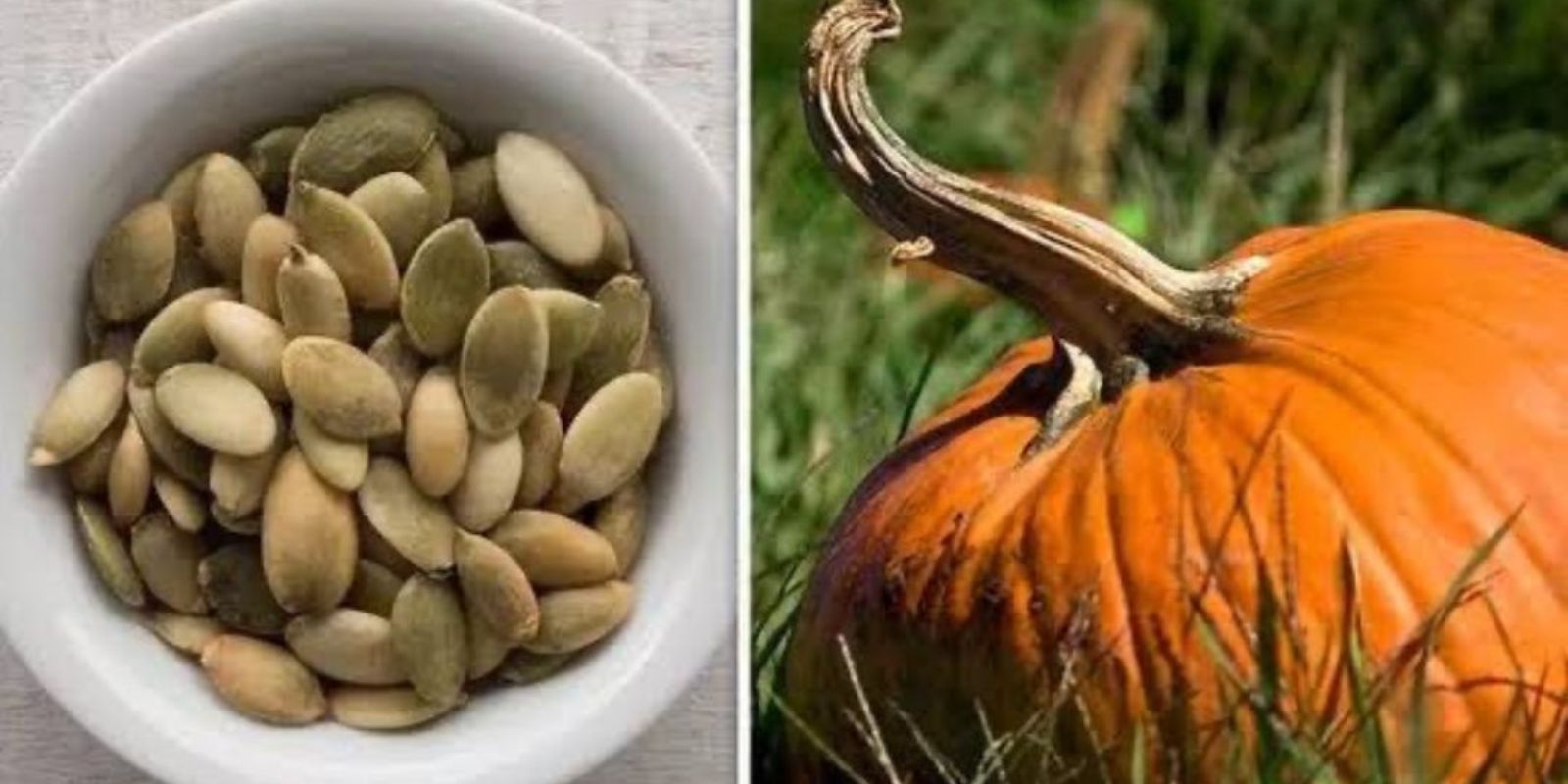Pumpkins are not just a symbol of fall but a rewarding addition to any home garden. Whether you’re growing them for jack-o’-lanterns, hearty soups, or festive decor, mastering the art of pumpkin cultivation is easier than you think. Follow this comprehensive guide to grow healthy, abundant pumpkins and make your garden the envy of the neighborhood.
1. Choosing the Right Pumpkin Variety
Before planting, decide the purpose of your pumpkins.
- Carving: Opt for varieties like ‘Jack O’ Lantern’ or ‘Howden’.
- Cooking: Smaller pumpkins like ‘Sugar Pie’ or ‘Baby Pam’ are ideal.
- Decorative: Varieties like ‘Cinderella’ or ‘Blue Hubbard’ offer unique shapes and colors.
Choose a type suited for your climate, and check the seed packet for growing specifics.
2. Planting Time: When to Start
Timing is crucial. Pumpkins are warm-season crops and require warm soil and frost-free weather to thrive.
- Ideal Planting Window: Late spring to early summer.
- Soil Temperature: Ensure soil temperatures are consistently above 70°F (21°C) before sowing.
3. Preparing the Soil
Pumpkins thrive in fertile, well-draining soil.
- pH Level: Maintain a pH between 6.0 and 6.8.
- Soil Enrichment: Mix compost or well-rotted manure into the soil for nutrients.
- Garden Layout: Choose a sunny spot with ample space, as pumpkin vines can grow up to 20 feet long.
4. Sowing Pumpkin Seeds
Pumpkins grow best when sown directly into the ground.
- Mounds or Hills: Create small mounds or hills to improve drainage and warmth.
- Spacing: Space mounds 4-6 feet apart.
- Depth: Plant seeds 1 inch deep, placing 2-3 seeds per mound. Once seedlings sprout, thin to the strongest one per hill.
5. Watering and Feeding Your Pumpkins
Proper watering and feeding are critical during the growing season.
- Watering:
- Keep soil consistently moist, especially during flowering and fruiting.
- Avoid watering the leaves to prevent fungal diseases. Focus on the base of the plant.
- Fertilizing:
- Start with a nitrogen-rich fertilizer to encourage vine growth.
- Switch to a phosphorus-heavy fertilizer when flowers appear to promote fruit development.
6. Pollination: Encouraging Fruit Formation
Pumpkins rely on pollinators like bees to set fruit.
- Plant Flowers Nearby: Grow flowers like marigolds or sunflowers to attract pollinators.
- Avoid Pesticides: Refrain from using chemicals that harm pollinators.
- Hand Pollination (Optional): If pollinators are scarce, manually transfer pollen from male to female flowers using a small brush.
7. Managing Pumpkin Vines
Pumpkin vines can be sprawling and unruly. Proper management ensures better fruit quality.
- Pruning: Trim secondary vines to focus the plant’s energy on the main vine and a few chosen pumpkins.
- Positioning: Gently reposition vines to prevent overcrowding and improve air circulation.
- Mulching: Apply mulch around the base to retain moisture, suppress weeds, and keep fruits off the soil.
8. Pest and Disease Control
Pumpkins are susceptible to pests and diseases, but vigilance and prevention can save your crop.
- Common Pests:
- Squash Bugs: Remove eggs manually and use neem oil.
- Cucumber Beetles: Use row covers early in the season.
- Aphids: Spray plants with a mixture of water and dish soap.
- Preventing Diseases:
- Rotate crops annually to prevent soil-borne diseases.
- Provide adequate spacing to reduce fungal risks like powdery mildew.
- Use disease-resistant varieties when available.
9. Harvesting Pumpkins
Knowing when to harvest is essential for fully matured and flavorful pumpkins.
- Indicators of Ripeness:
- The pumpkin’s skin is hard and cannot be easily punctured with a fingernail.
- The color is deep and consistent, whether orange, green, or another variety-specific hue.
- Harvesting Tips:
- Cut the stem 2-4 inches above the pumpkin to prevent rot.
- Handle pumpkins gently to avoid bruising or breaking the stem.
10. Curing and Storing Your Pumpkins
Proper curing and storage extend the life of your pumpkins.
- Curing: Leave pumpkins in the sun for 7-10 days to harden their skin.
- Storing: Place in a cool (50-60°F), dry, and well-ventilated area. Avoid stacking pumpkins to prevent damage.
Additional Tips for Success
Mulching for Moisture Retention
Use straw or organic mulch around your pumpkins to maintain soil moisture and suppress weeds.
Companion Planting
Pumpkins grow well with corn and beans, following the “Three Sisters” planting technique. These plants support each other in growth and nutrient needs.
Regular Monitoring
Check your plants regularly for signs of pests, nutrient deficiencies, or diseases. Addressing issues promptly ensures a healthy crop.
Conclusion: Patience and Care Lead to Perfect Pumpkins
Growing pumpkins is a rewarding journey that combines gardening skill, patience, and a bit of trial and error. By choosing the right variety, planting at the right time, and following proper care practices, you can enjoy a bountiful harvest of beautiful pumpkins. Whether for Halloween, Thanksgiving, or baking, your homegrown pumpkins will be a source of pride and joy.
What are your favorite pumpkin-growing tips? Share your secrets and gardening experiences below!
#PumpkinPatchGoals #GrowYourOwn #GardeningTips #HomegrownHarvest #FallGardening

